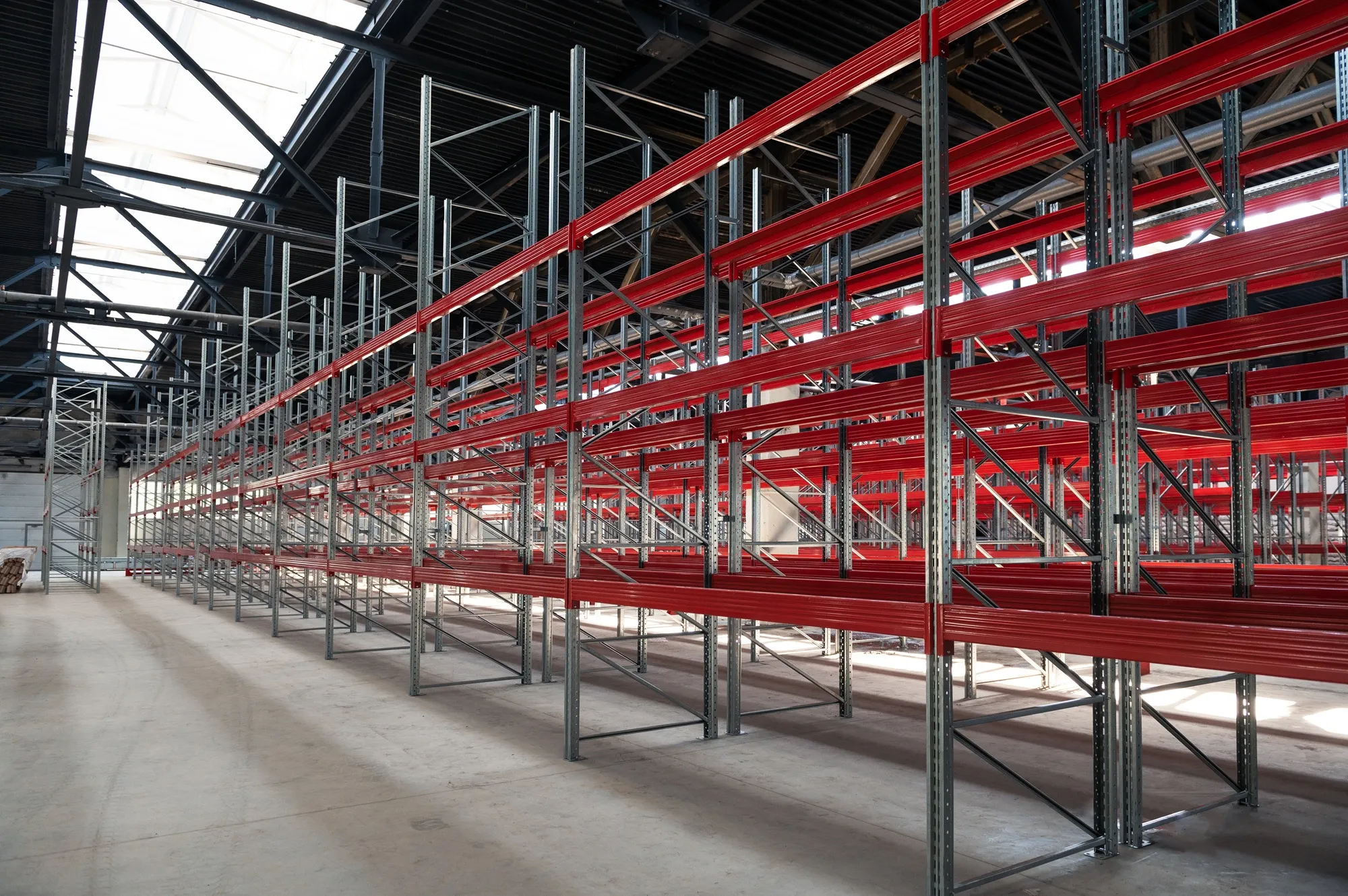
An industrial warehouse is a facility designed to store raw materials or finished products in a safe, organized, and accessible manner as part of production, logistics, or distribution processes. These warehouses are an integral part of modern supply chains and have a direct impact on a business’s operational efficiency. In sectors with high inventory volumes, a properly structured industrial warehouse significantly increases competitiveness.
The type of warehouse used varies based on the business activity and product variety. Common types include:
Optimizing space is one of the most critical factors in industrial warehouse design. Key elements include:
Proper space planning enhances workflow efficiency and reduces the risk of workplace accidents.
The selection of racking systems depends on product type, weight, and storage method. Whether it’s heavy-duty racks, drive-in systems, or conveyor-integrated racks, the right choice directly impacts warehouse performance and safety.
The quality of steel, galvanization, and the strength of connectors are critical to the long-term safety and stability of warehouse systems. Given the heavy loads typically handled in industrial environments, neglecting these factors can lead to economic losses and health and safety hazards.
The quality of steel, galvanization, and the strength of connectors are critical to the long-term safety and stability of warehouse systems. Given the heavy loads typically handled in industrial environments, neglecting these factors can lead to economic losses and health and safety hazards.
Warehouse safety goes beyond physical security measures. Fire suppression systems, emergency planning, and regular floor inspections are essential. In earthquake-prone areas, structures must also comply with local building codes and regulations.
Industrial warehouse planning should consider not only current needs but also future growth. Modular racking systems, portable equipment, and flexible software infrastructure allow for smooth scalability.
Investing in an industrial warehouse is one of the most effective ways to reduce operating costs and ensure business continuity. As inventory levels and technological demands increase, choosing the right warehouse solution strengthens a company's market position. For more insights, visit our Food and Beverage Storage Systems page.